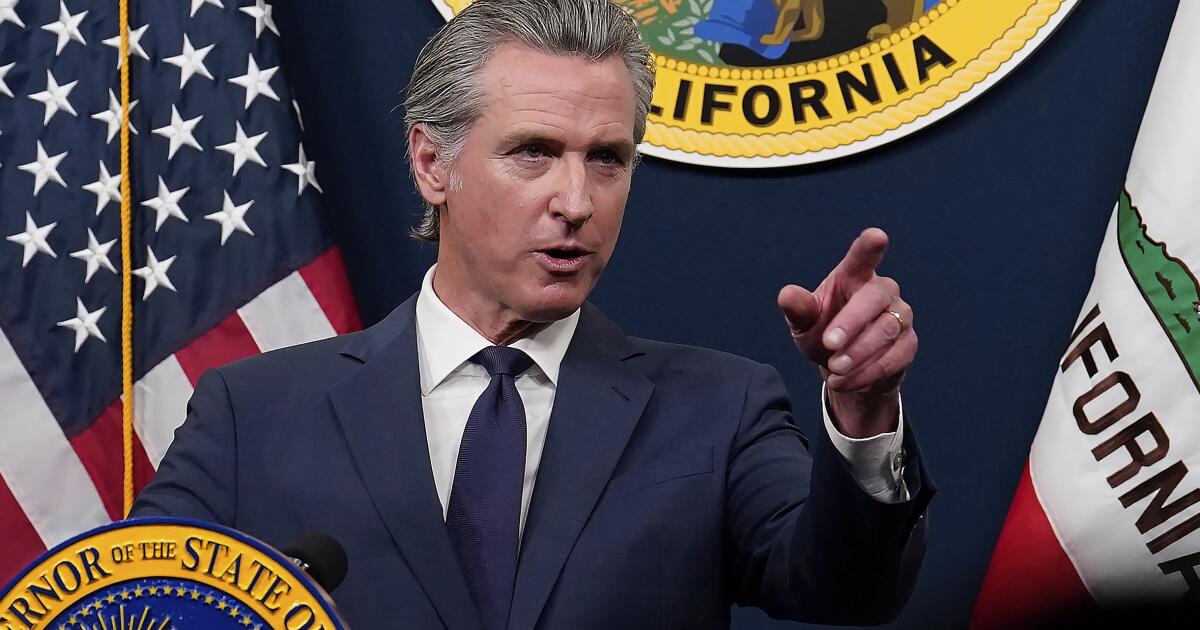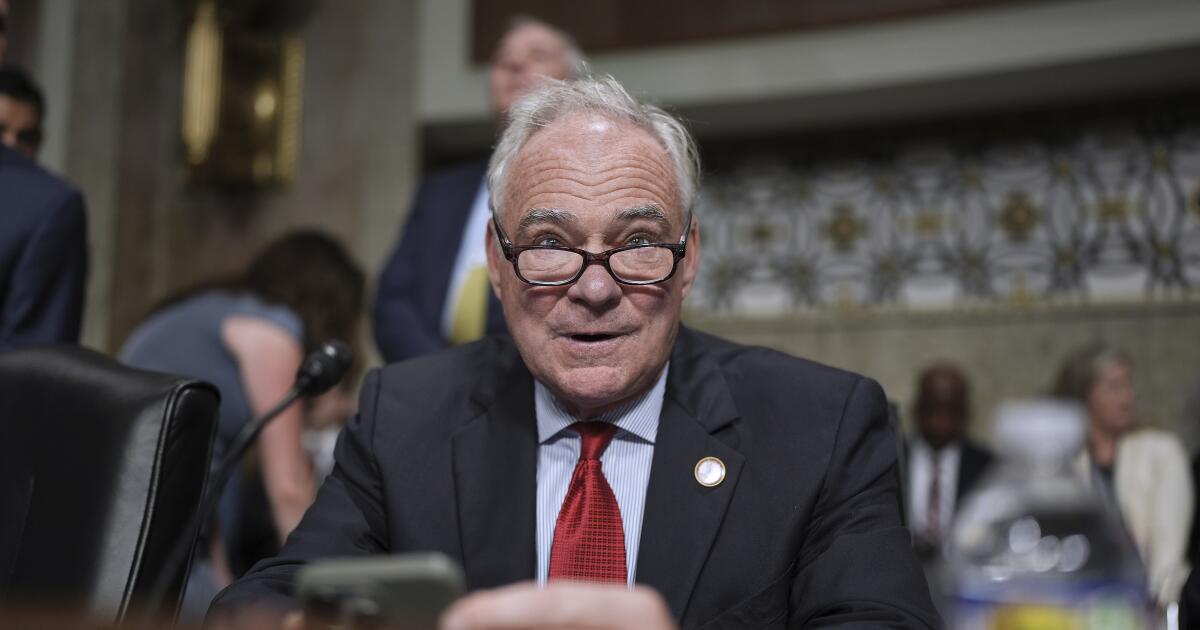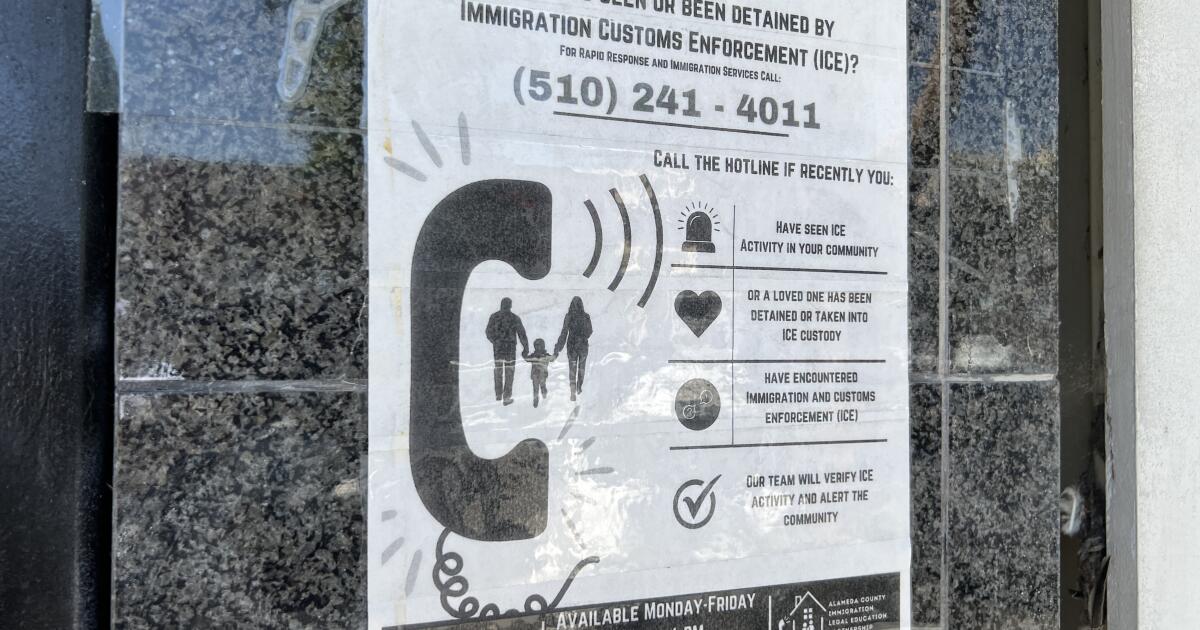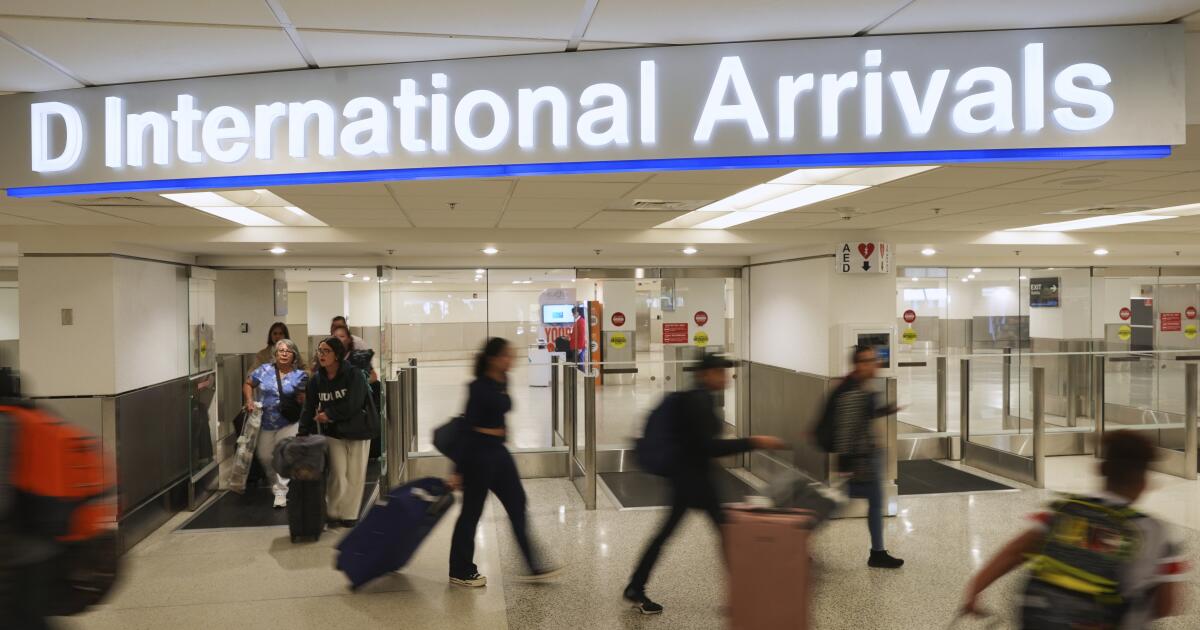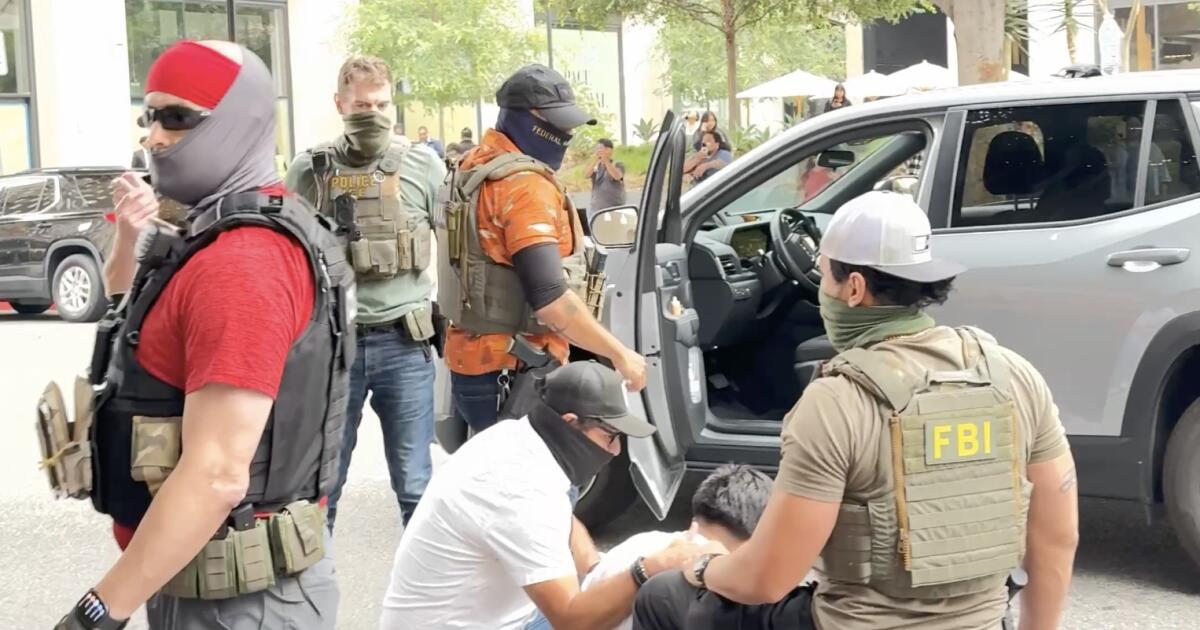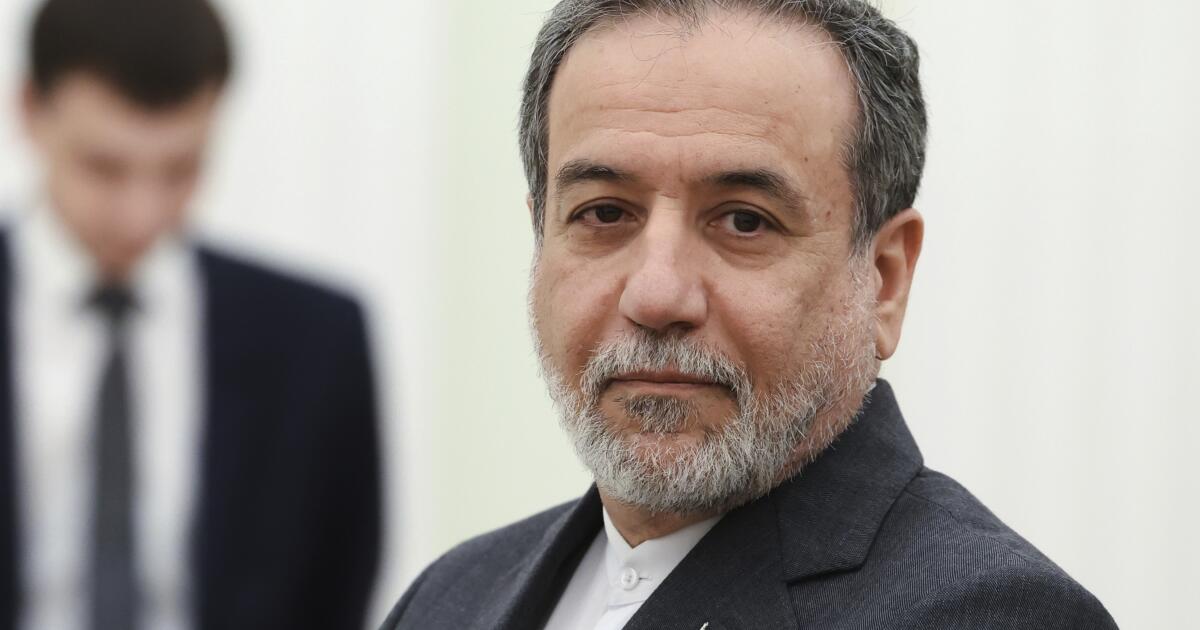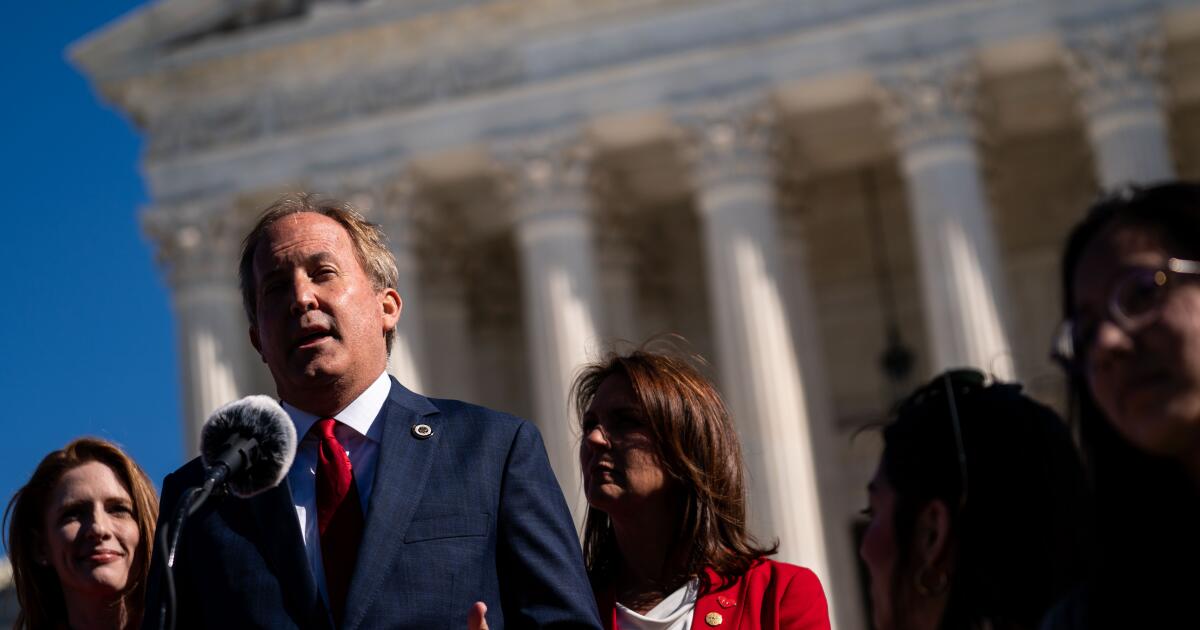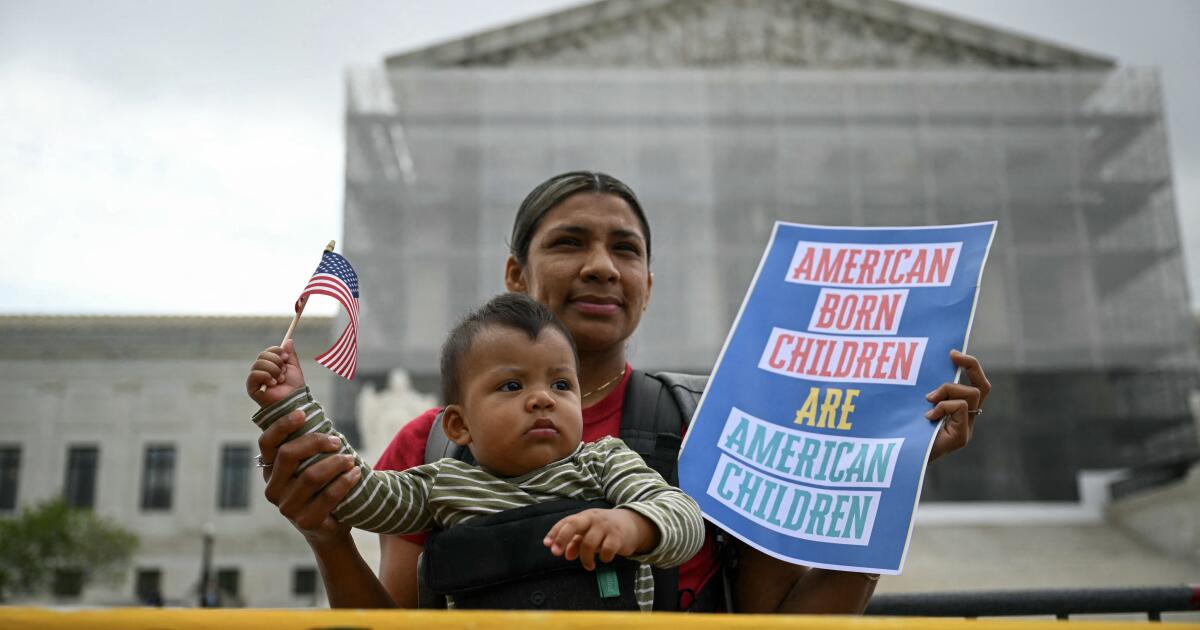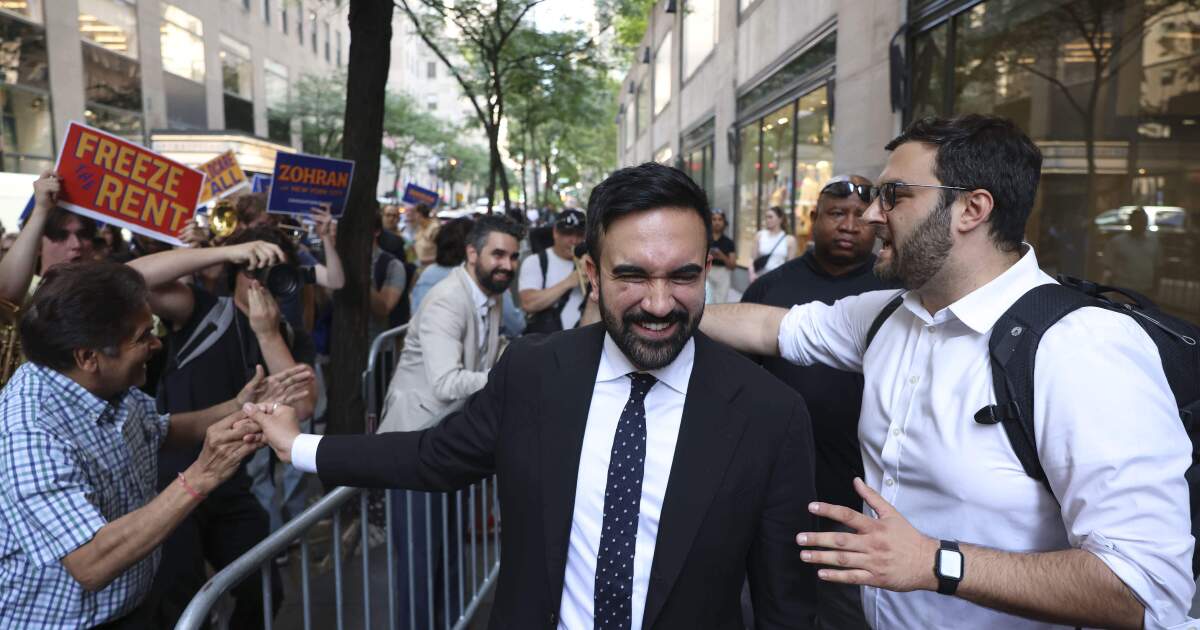Former Minnesota House Speaker Melissa Hortman lies in state as shooting suspect appears in court
ST. PAUL, Minn. — Former Minnesota House Speaker Melissa Hortman laid in state in the Minnesota Capitol rotunda on Friday while the man charged with killing her and her husband, and wounding a state senator and his wife, made a brief court appearance in a suicide prevention suit.
Hortman, a Democrat, is the first woman and one of fewer than 20 Minnesotans accorded the honor. She laid in state with her husband, Mark, and their golden retriever, Gilbert. Her husband was also killed in the June 14 attack, and Gilbert was seriously wounded and had to be euthanized. It was the first time a couple has laid in state at the Capitol, and the first time for a dog.
The Hortmans’ caskets and the dog’s urn were arranged in the center of the rotunda, under the Capitol dome, with law enforcement officers keeping watch on either side.
The Capitol was open for the public to pay their respects from noon to 5 p.m. Friday. House TV was livestreaming the viewing. A private funeral is set for 10:30 a.m. Saturday. The service will be livestreamed on the Department of Public Safety’s YouTube channel.
Former Vice President Kamala Harris will fly to Minnesota for the funeral but won’t have a speaking role, according to her personal office. Harris expressed her condolences this past week to Hortman’s adult children, and spoke with Gov. Tim Walz, her 2024 running mate, who extended an invitation on behalf of the Hortman family, her office said.
His hearing takes a twist
The man accused of killing the Hortmans and wounding another Democratic lawmaker and his wife made a short court appearance Friday to face charges for what the chief federal prosecutor for Minnesota has called “a political assassination.” Vance Boelter, 57, of Green Isle, surrendered near his home the night of June 15 after what authorities have called the largest search in Minnesota history.
An unshaven Boelter was brought in wearing just a green padded suicide prevention suit and orange slippers. Federal defender Manny Atwal asked Magistrate Judge Douglas Micko to continue the hearing until next Thursday. She said Boelter has been sleep deprived while on suicide watch in the Sherburne County Jail, and that it has been difficult to communicate with him as a result.
“Your honor, I haven’t really slept in about 12 to 14 days,” Boelter told the judge. And he denied being suicidal. “I’ve never been suicidal and I am not suicidal now.”
Atwal told the court that Boelter had been in what’s known as a “Gumby suit,” without undergarments, ever since his transfer to the jail after his first court appearance on June 16. She said the lights are on in his area 24 hours a day, doors slam frequently, the inmate in the next cell spreads feces on the walls, and the smell drifts to Boelter’s cell.
The attorney said transferring him to segregation instead, and giving him a normal jail uniform, would let him get some sleep, restore some dignity, and let him communicate better. The judge agreed.
Prosecutors did not object to the delay and said they also had concerns about the jail conditions.
The acting U.S. attorney for Minnesota, Joseph Thompson, told reporters afterward that he did not think Boelter had attempted to kill himself.
The case continues
Boelter did not enter a plea. Prosecutors need to secure a grand jury indictment first, before his arraignment, which is when a plea is normally entered.
According to the federal complaint, police video shows Boelter outside the Hortmans’ home and captures the sound of gunfire. And it says security video shows Boelter approaching the front doors of two other lawmakers’ homes dressed as a police officer.
His lawyers have declined to comment on the charges, which could carry the federal death penalty. Thompson said last week that no decision has been made. Minnesota abolished its death penalty in 1911. The Death Penalty Information Center says a federal death penalty case hasn’t been prosecuted in Minnesota in the modern era, as best as it can tell.
Boelter also faces separate murder and attempted murder charges in state court that could carry life without parole, assuming that county prosecutors get their own indictment for first-degree murder. But federal authorities intend to use their power to try Boelter first.
Other victims and alleged targets
Authorities say Boelter shot and wounded Democratic state Sen. John Hoffman, and his wife, Yvette, at their home in Champlin before shooting and killing the Hortmans in their home in the northern Minneapolis suburb of Brooklyn Park, a few miles away.
Federal prosecutors allege Boelter also stopped at the homes of two other Democratic lawmakers. Prosecutors also say he listed dozens of other Democrats as potential targets, including officials in other states. Friends described Boelter as an evangelical Christian with politically conservative views. But prosecutors have declined so far to speculate on a motive.
Boelter’s wife speaks out
Boelter’s wife, Jenny, issued a statement through her own lawyers Thursday saying she and her children are “absolutely shocked, heartbroken and completely blindsided,” and expressing sympathy for the Hortman and Hoffman families. She is not in custody and has not been charged.
“This violence does not align at all with our beliefs as a family,” her statement said. “It is a betrayal of everything we hold true as tenets of our Christian faith. We are appalled and horrified by what occurred and our hearts are incredibly heavy for the victims of this unfathomable tragedy.”
An FBI agent’s affidavit described the Boelters as “preppers,” people who prepare for major or catastrophic incidents. Investigators seized 48 guns from his home, according to search warrant documents.
While the FBI agent’s affidavit said law enforcement stopped Boelter’s wife as she traveled with her four children north of the Twin Cities in Onamia on the day of the shootings, she said in her statement that she was not pulled over. She said that after she got a call from authorities, she immediately drove to meet them at a nearby gas station and has fully cooperated with investigators.
“We thank law enforcement for apprehending Vance and protecting others from further harm,” she said.
Karnowski writes for the Associated Press.


